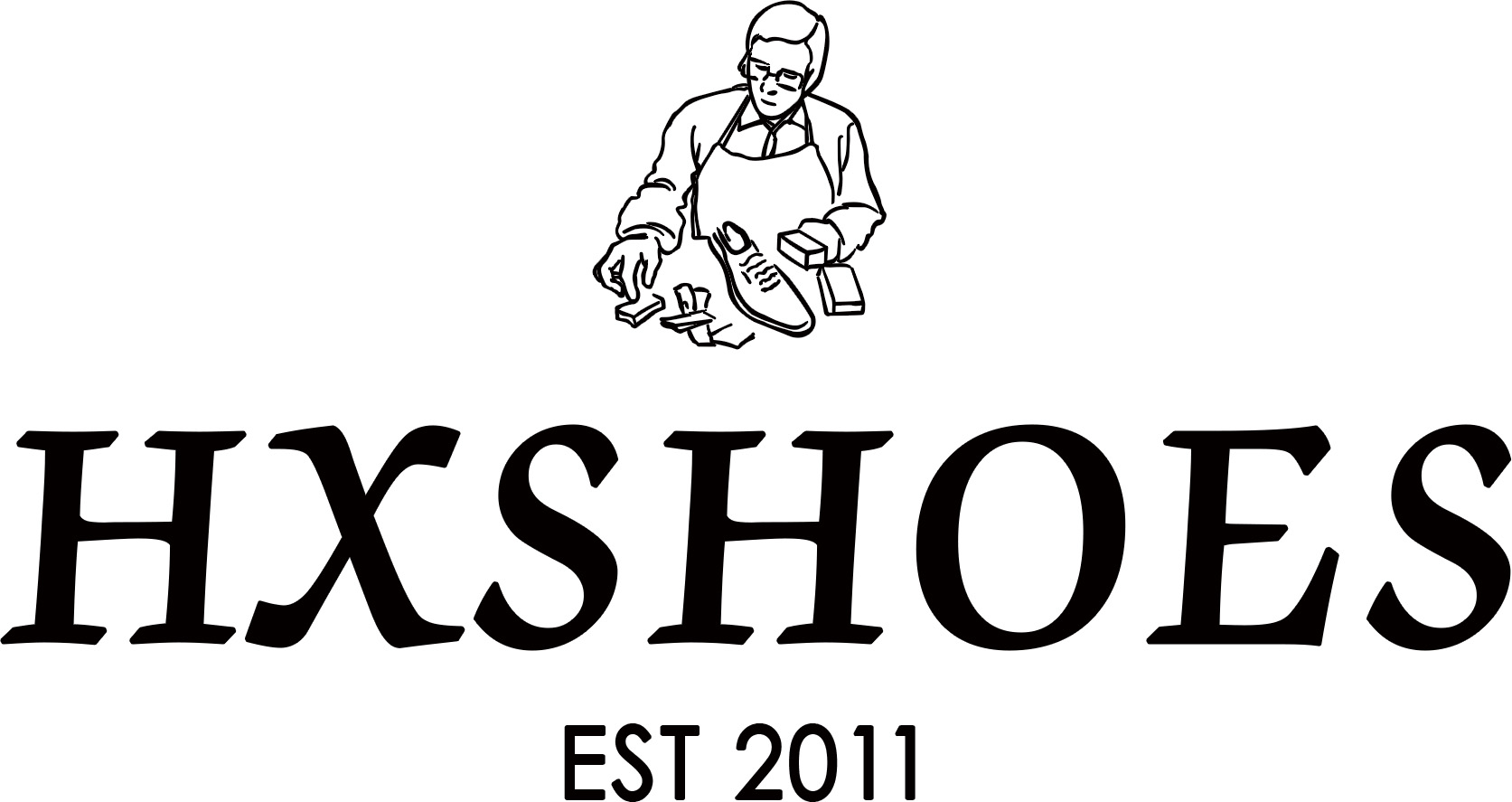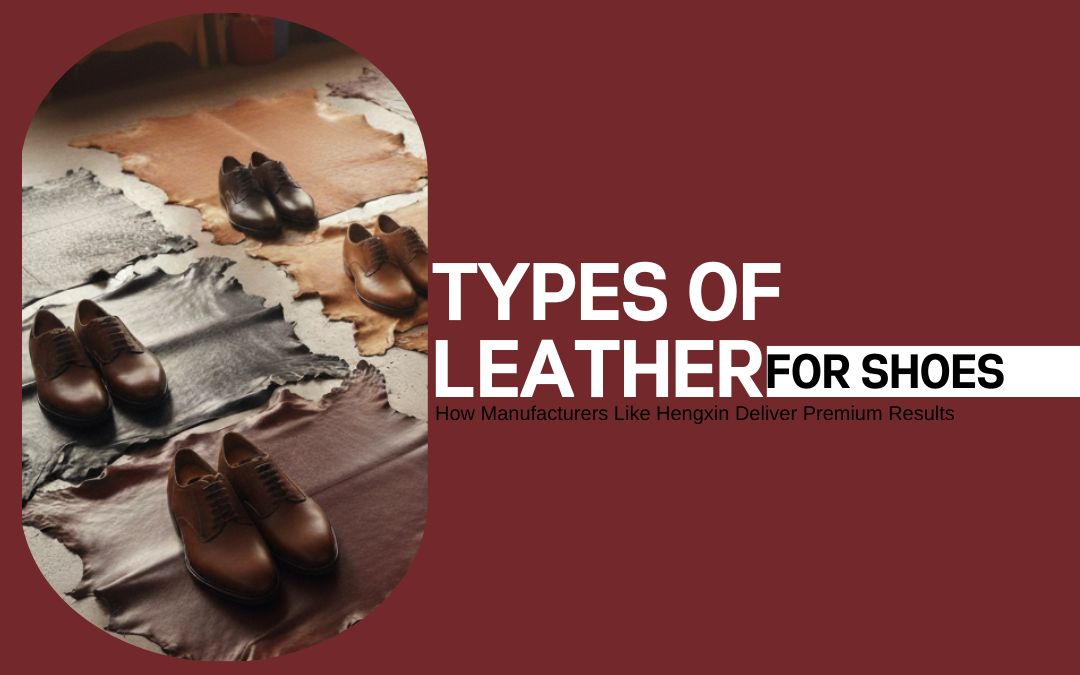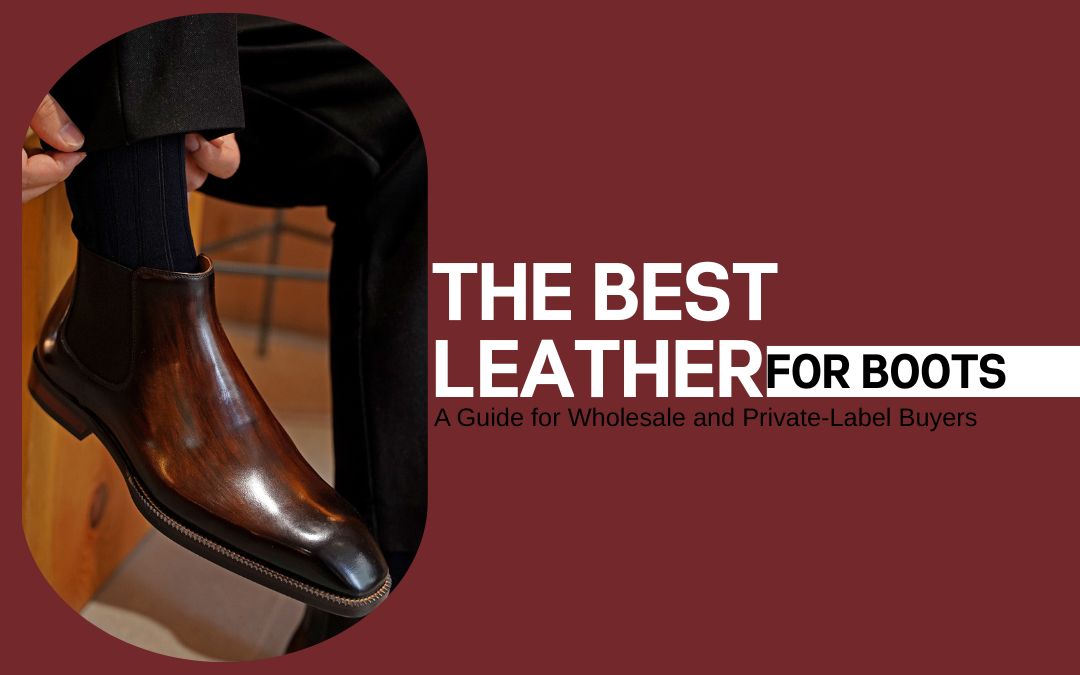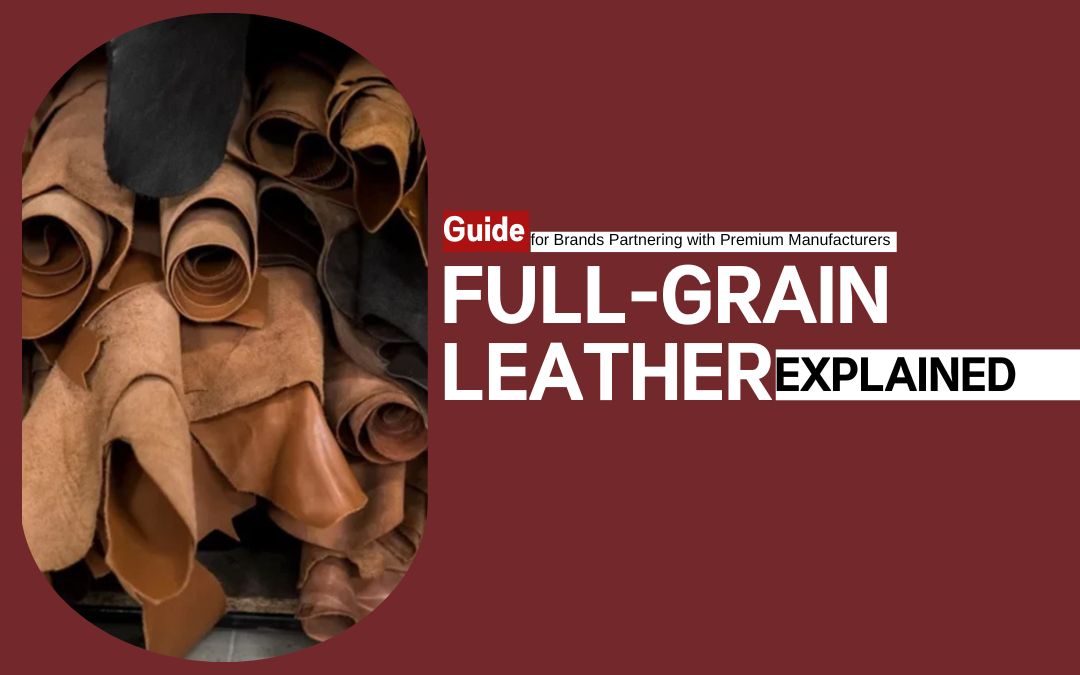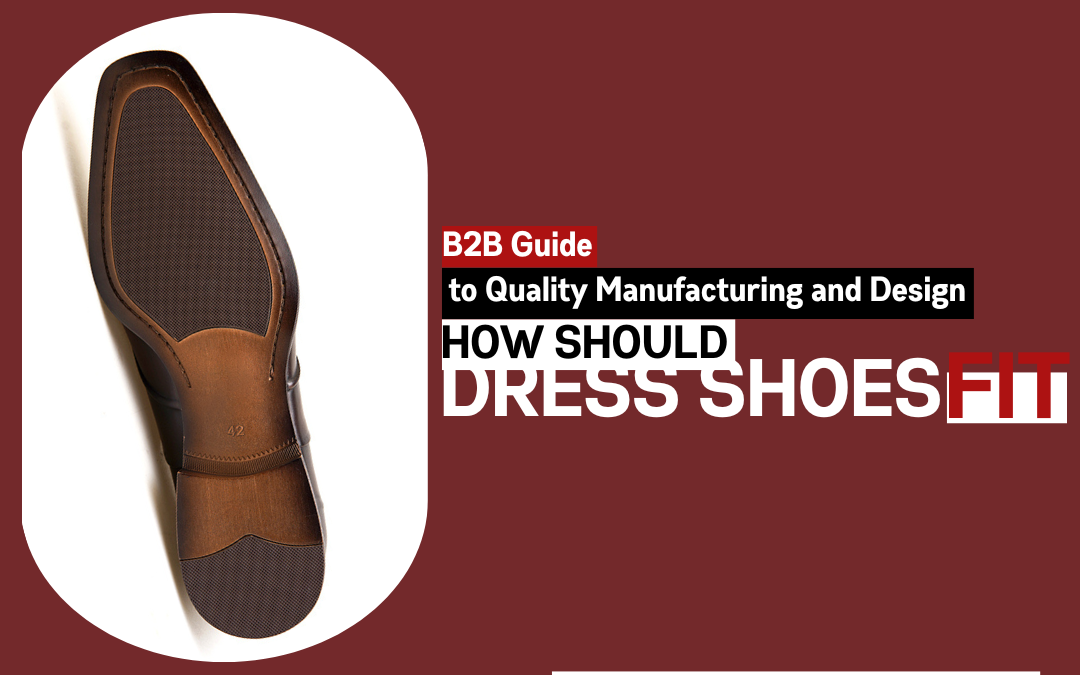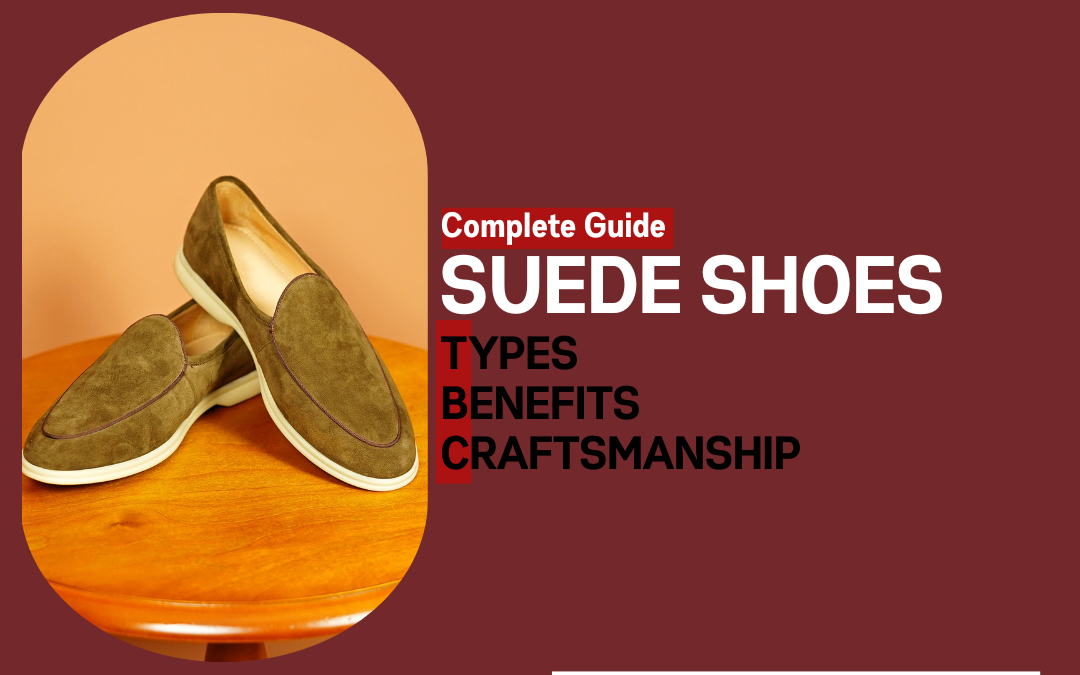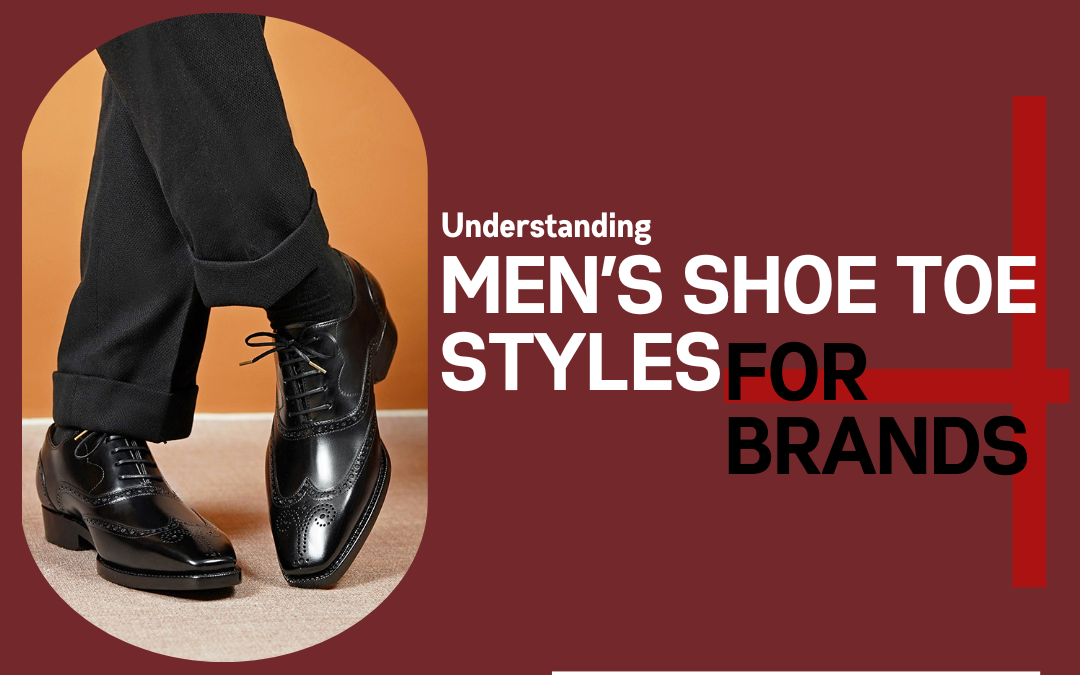Introduction: Why Leather Choice Matters in Shoe Manufacturing
The science of break-in and breathability of leather makes it the best choice for premium shoe-making. Leather from one cow can produce up to 10 pairs of shoes. High-quality hide, especially from specific breeds, can be more expensive than all of the cow’s meat. Due to their origin, the leather can have a varying appearance and value.
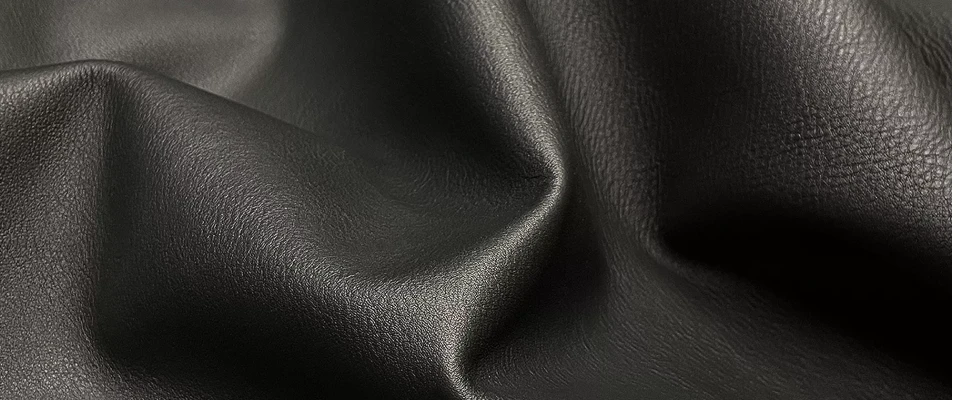
B2B clients need to differentiate between types of leather. Selecting the right leather for the right market can help meet customer expectations. Moreover, varying leather types in products can expand your collection and price them based on value. Particularly, a manufacturer like Hengxin, which has extensive experience working with leather since 2011, utilizes these techniques to offer a broad palette of premium dress shoe collections ideal for B2B clients.
In this guide, we will be indulging in the significant and unique leather types, discovering pristine craftsmanship techniques, and seeing how they can prove to be useful for B2B clients.
The Major Categories of Shoe Leather
Shoe enthusiasts know what they want! They appreciate a big collection with varying designs. However, three significant types of leather are essential in any shoe enthusiast’s collection.
Full-Grain Leather
For premium-grade shoes, it’s impeccable to use full-grain leather as it is the highest grade of leather. The intricate patterns that are unique to each shoe are the defining factor for the material’s premiumness. It has a natural tendency to develop patina, making it an excellent choice for wearers who prefer character in their shoes.
The full-grain leather is made from the topmost layer of the hide, which leaves behind the natural texture associated with the animal. Designers use the patterns and blend them seamlessly with the shoe design to give them the classy look that high-end shoes offer. The presence of wrinkles and scars is visible on the leather.
Owing to the nature of full-grain leather, it offers exceptional durability. The dense fiber layer (corium) that sits below the epidermis is the most durable part of the hide. It’s what gives leather its longevity. Despite the strength, it still retains a breathability feature that is key to high-quality leather.
Top-Grain Leather
It is similar to the full-grain leather, but the topmost layer is sanded to give a more uniform look. The imperfections, such as the pores, scratches, or texture of the full-grain, are taken away, which results in a smoother surface. Leather that loses its texture or the top surface is damaged during the hide-making process can easily be sanded to form top-grain, which makes it more affordable in comparison to the full-grain.
Some users prefer the consistent look. However, it’s necessary to know that the leather has less breathability in comparison to full grain, owing to the process of finishing.
Corrected Grain and Split Leathers
These two types are the most budget-friendly when it comes to leather. The material is appealing to customers who prefer fast-fashion shoes. Offering unique shapes and experimenting with new designs is more suitable for these types of leather.
- Corrected Grain: The top layer is sanded and buffed, which takes away the original features of the leather. Then, artificial patterns are embossed onto the leather to mimic full-grain leather.
- Split-Leather: It is advertised as “Genuine Leather,” but it is the lowest grade of leather. It only uses the fibrous bottom layer. It is coated with a polymer and embosses heavily to mimic. However, it can develop cracks and peel over time.
Specialty Leathers for Distinctive Collections 290
There will always be customers willing to pay the extra for uniqueness and designs that turn heads. They want to shine amongst the sea of commoners. For them, having a lineup of exotic and distinct material is key.
They do not have to occupy a large portion of your collection, but just enough to cover the outliers of the distribution spread. Here are some premium-grade materials Hengxin offers:
Suede and Nubuck
Leathers with a velvety texture define a category of footwear prized for casual elegance. This style is particularly popular in expressive, exotic colors and is a natural fit for mens penny loafer shoes and other seasonal styles. As such, the price range can vary significantly, from budget-friendly to premium, based on design and materials. For manufacturers, identifying the pricing sweet spot for these items, especially versatile mens penny loafer shoes, is key to capturing this market.
Let’s understand what these leathers are so we can use them correctly in our collection of dress shoes:
- Suede: It is leather made from the innermost layer of the hide. After splitting, the soft and fibrous underside is used. Use them for designs that can handle softness and flexibility.
- Nubuck: The source of nubuck is the same as that of full-grain leather. It uses the topmost layer of the hide. However, the sanding and buffing of the top layers result in this velvety texture. In comparison to suede, it is more durable owing to the properties of its outer layer. Manufacturers can utilize them for work boots and casual, everyday shoes.

Exotic Leathers (e.g., crocodile, ostrich, lizard)
Moving on to the more exotic and unique leather sources. Luxury-oriented shoes utilize exotic leathers that are incredibly challenging to procure. For businesses targeting the ultra-rich market segment or the fashion industry, a luxury segment will always be present.
These shoes are meant to make a statement. However, sourcing such material comes with strict regulatory control. Exotic animals that are CITES-listed (Convention on International Trade in Endangered Species of Wild Fauna and Flora) are protected. These animals are not as abundant as cattle. As a manufacturer, you will have to present an “unbroken chain of custody” from farm to final product. These exotic leathers include Crocodile, Alligator, Python, lizard, Peccary, Stingray, and Ostrich.
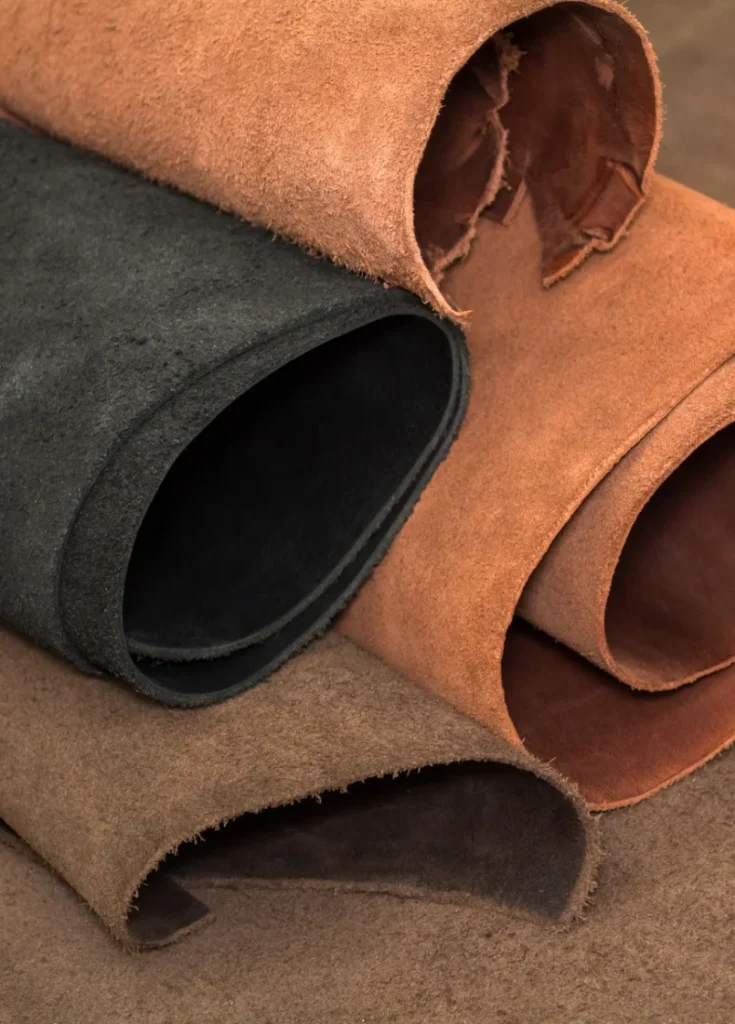
Combination Leathers and Innovations
Another technique that can make shoes aesthetically pleasing while ensuring an affordable price tag is combination leather. They can help combine luxury with practicality. Manufacturers can use a waterproof-treated leather for the main body while using a breathable high-tech fabric on the sides to improve ventilation. For some markets, sustainability is also key. Using recycled leather or using bio-based leathers can also attract environmentally aware consumers.
Craftsmanship Techniques that Maximize Leather Quality
Utilizing different grades of leather can attract consumers, but for a well-informed consumer, build quality matters equally. They appreciate the uniqueness that adds character to their shoes with the touch of human craftsmanship. Here are two techniques that are essential to have in your shoe lineup:
Goodyear Welt Construction
Shaping and joining the leather pieces together to make a shoe requires skill. Going back a century to 1869, the first-ever Goodyear welt machine was made. It introduced a technique for shoe making that was to remain unbeatable for years owing to its extraordinary properties. It utilizes a welt to sew together the upper, the insole, and the outsole. This method creates a highly durable and resoleable shoe.
It is the go-to choice for shoe enthusiasts who appreciate craftsmanship and long-lasting products. The Goodyear Welt offers:
- Durability through construction
- Extraordinary comfort through the use of cork as filler
- Moldability to the wearer’s feet
- Unmatched repairability for cobblers
Patina Hand-Finishing
Patina is a time-tested technique that enhances the full-grain structure of the leather. It’s the process of adding translucent dyes and waxes to the surface of leather. It requires a skilled person with an understanding of design, color, and the chemistry of leather. It is a defining feature of premium shoes, and Hegxin offers these services to its B2B clients. There are only a few manufacturers that provide patina at this scale.
Design Applications for B2B Clients
For businesses looking to partner with a manufacturer that offers variety in leather, design, and manufacturing techniques, Hengxin is an excellent choice. As a business owner, looking to establish a brand name, you will need designs that cater to regional markets. The manufacturer should be capable of offering a wide range of shoe styles, including Oxford, Derby, Monk, Loafer, and Brogue styles. Some regional markets may prefer one style over the other. However, the craftsmanship with Goodyear Welt and Patina are techniques appreciated worldwide. Consider all these design applications before selecting a manufacturer for the B2B model.
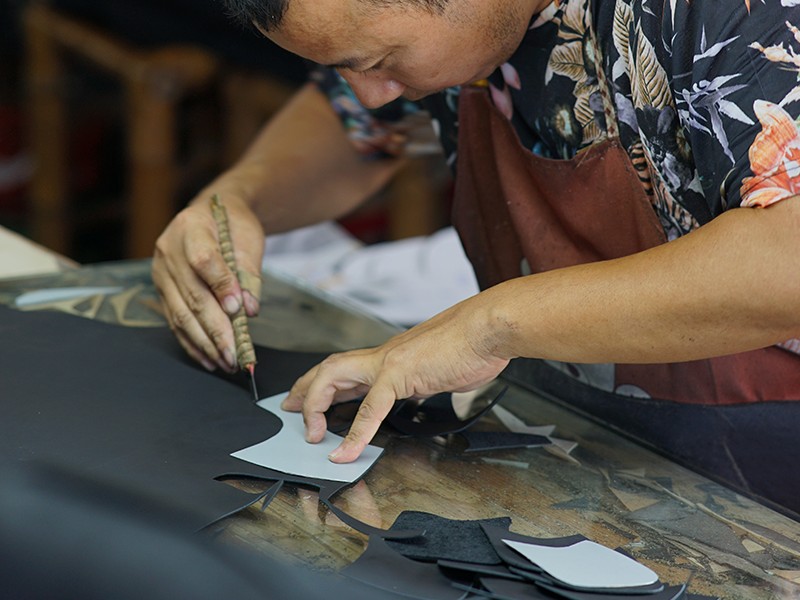
Conclusion: Leather + Craft = Brand Differentiation
Starting a business can be challenging. The modern world requires specialization in the respective field to deliver the ultimate product to the consumer. For a B2B model, finding a skilled shoe manufacturer that uses all grades of leather and utilizes premium techniques is key. It’s a brand-defining decision. Leather is not just a material; it requires expertise to handle its variety and ensure the most premium source. Combining high-quality leather with the proper manufacturing techniques, such as Goodyear welt and a patina finish, can create unmatched value for the end-user. For B2B clients, partnering with manufacturers like Hengxin ensures access to world-class materials, traditional craftsmanship, and modern innovation.
FAQ
Q: What are the main types of leather used in shoemaking?
There are full-grain, top-grain, suede, nubuck, genuine leather, and other specialty leathers used in shoemaking. Each offers its unique texture and characteristics, catering to different market segments and consumer bases.
Q: What is the best leather for men’s dress shoes?
The best leather for men’s dress shoes is full-grain leather. It is made from the top layer of the hide, offering the highest durability and texture unique to the hide. It is the raw material for premium-grade shoes that utilize Goodyear welt construction and patina construction techniques.
Q: How does Goodyear welt construction complement premium leathers?
Premium leathers offer excellent break-in properties that allow the shoe to adjust with the user’s natural foot shape. Goodyear welt construction provides similar moldability through its cork filling and manufacturing technique, allowing leather to adjust to the user’s feet.
Q: How should brands choose leather types based on their target markets?
It’s convenient to divide the market segment into categories based on affordability and design. Categorize the market into major categories: budget-friendly, mid-tier, high-end, and premium. Then make subcategories such as the footwear industry, formal wear, casual wear, and fashion-forward designs.
Q: Why is suede popular for certain shoe styles?
Suede is more popular in the casual wear category, particularly due to its unique outlook and light reflection that is sure to turn heads. They provide a soft, velvety texture that’s often seen as more relaxed and fashionable than the sleek, polished look of smooth leather. However, they are vulnerable to stains and absorption.
